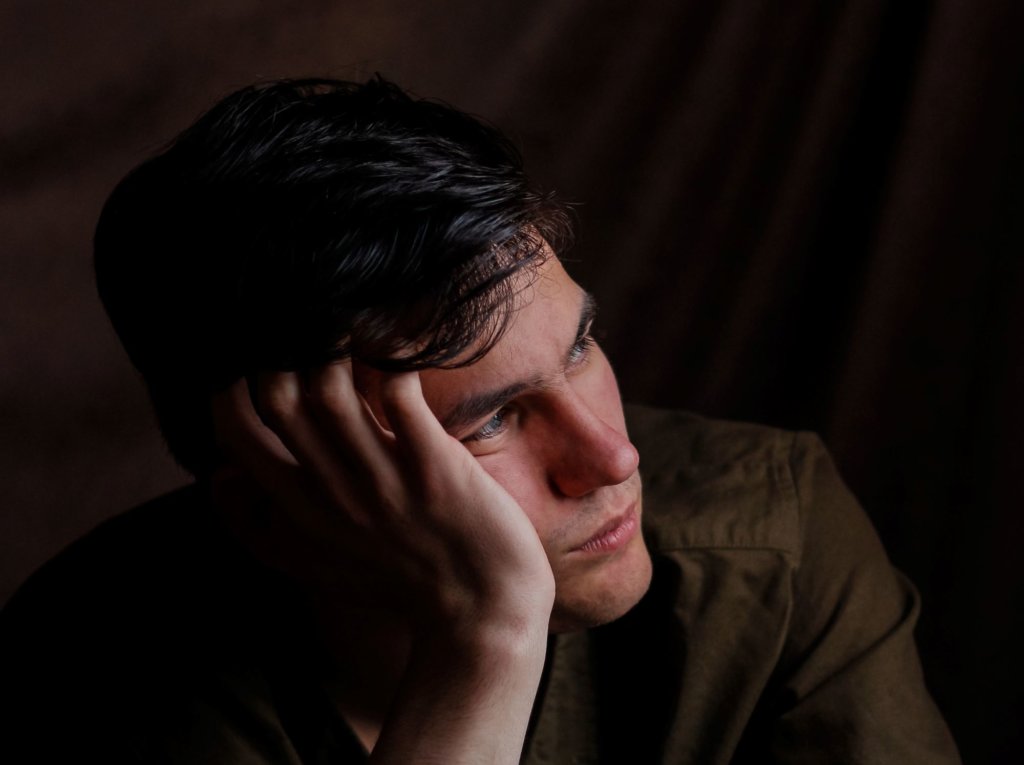Winter’s shorter days and colder weather can take a toll on mood and energy levels, especially for those who experience Seasonal Affective Disorder (SAD). This type of seasonal depression most commonly starts in late fall and can last through winter (“fall-onset”) or, more rarely, in late spring through summer (“spring-onset”).
If you experience SAD during the winter, there are a few management strategies that may help lessen the symptoms.

1. Recognize the Symptoms
As a type of depression, SAD shares many common symptoms. The symptoms tend to follow a seasonal pattern, worsening and improving at the same times each year. Common symptoms include:
- Persistent sadness or mood changes
- Fatigue and low energy
- Difficulty concentrating
- Anxiety
- Sleep disruptions, especially oversleeping
- Changes in appetite, often cravings for sugar or carbohydrates
- Loss of interest in activities or social gatherings
2. Use Light Therapy
Light therapy is one of the most common treatments for SAD and can make a significant difference in your mood and energy. With light therapy, a light box simulates natural sunlight, which can help regulate your body’s internal clock. Sitting in front of a light box for about 20-30 minutes in the morning is typically what’s recommended. Talk with your healthcare provider to see if light therapy could be beneficial for you.
Note: Do not look directly at the light box, as this can cause eye damage.
3. Stay Active with Regular Exercise
Physical activity can have a powerfully positive effect for those experiencing SAD symptoms. Try to get at least 30 minutes of moderate exercise most days of the week. This exercise could include brisk walks after dinner or following along with a video workout at home.
If the weather permits, outdoor activities like walking, hiking, or biking can be especially beneficial! Getting outdoors when possible can help you feel more awake and alert (and it also gets you out of the house).
4. Focus on a Nutrient-Dense Diet
What you eat can impact how you feel. During winter, focus on nourishing foods when you are able. Fruits, vegetables, proteins, and whole grains can help keep your energy levels stable. Although cravings for sweets and carbs are common with SAD, they can lead to energy crashes and worsen your mood. Instead, choose foods that are both satisfying and energizing.
5. Connect with Loved Ones
Making plans with friends and loved ones during the winter can combat the isolation and loneliness that often accompany SAD. Plan regular check-ins or visits with family and friends, or join a class or social group that interests you. This adds routine to your week and can help reduce feelings of sadness and isolation.
6. Know When to Seek Help
If SAD symptoms are severely impacting your daily life, it may be time to seek professional help. There are treatments available that can make a significant difference, including:
- Talk Therapy: Talking with a professional counselor has been shown to help people with SAD by identifying thought patterns and encouraging healthy management skills.
- Medication: Since SAD is a type of depression, some people benefit from taking antidepressant medications. Consult with your healthcare provider to discuss options if you feel that might be helpful.
Relief from SAD symptoms is possible. With the right management strategies and treatment, you can lessen the symptoms of Seasonal Affective Disorder and enjoy a cheerier winter. Remember, you’re not alone—support is available, and brighter days are ahead.
This blog post is meant for informational purposes only and does not constitute professional medical advice.